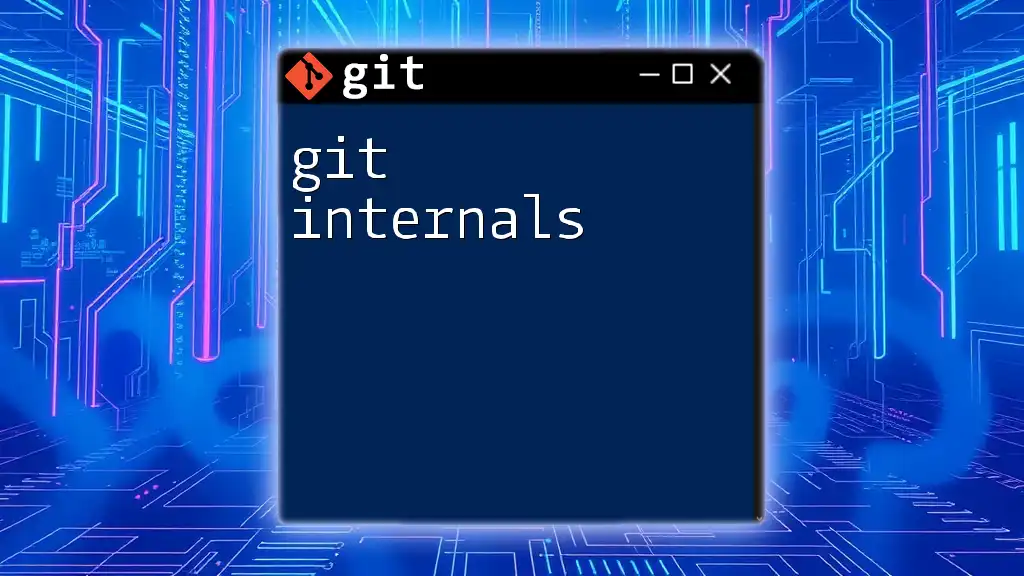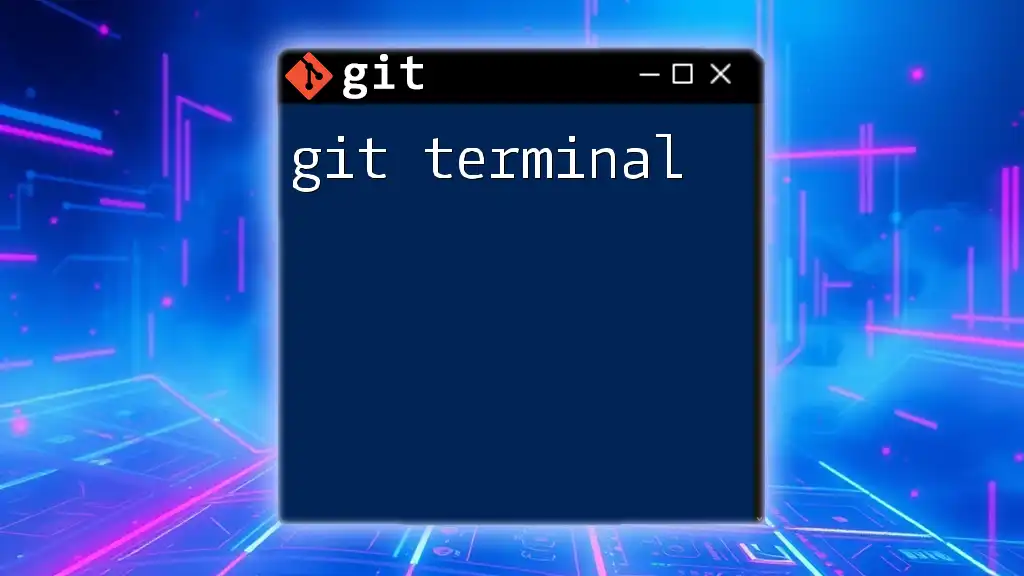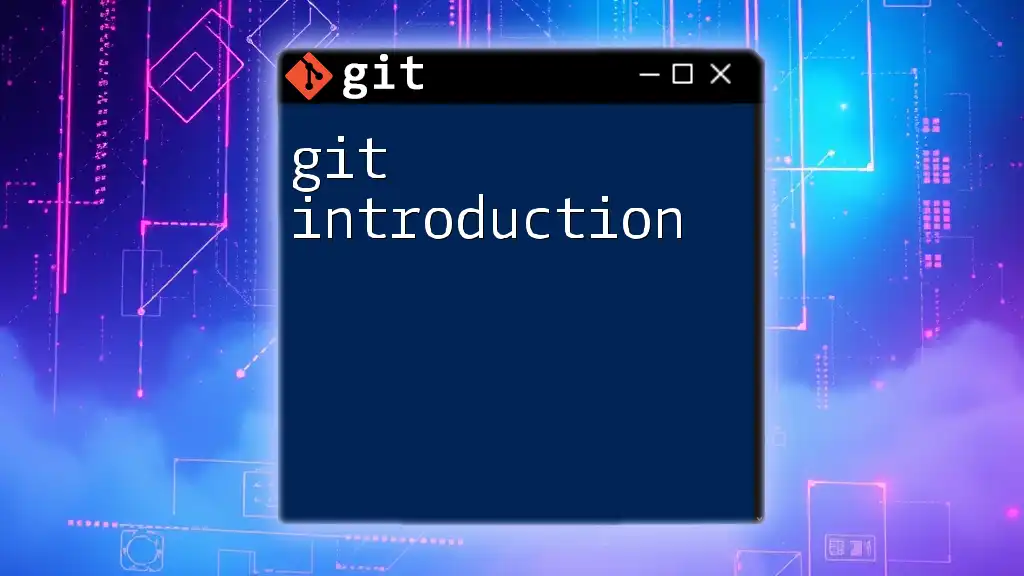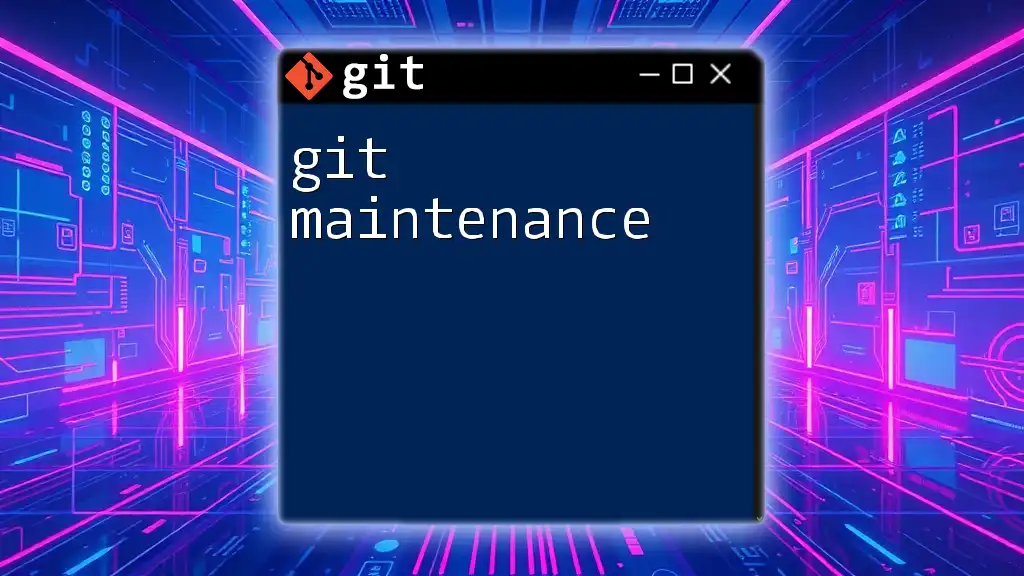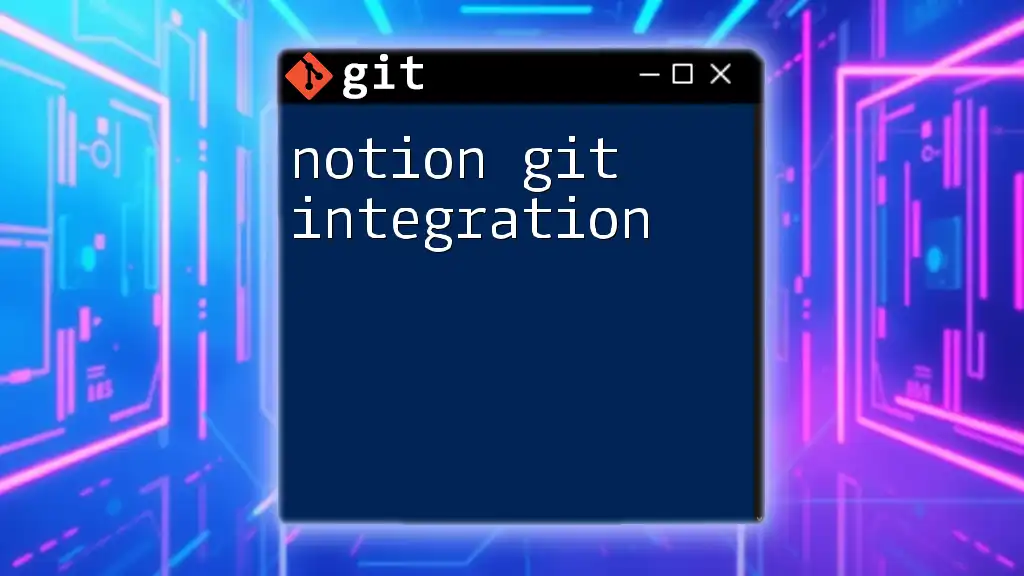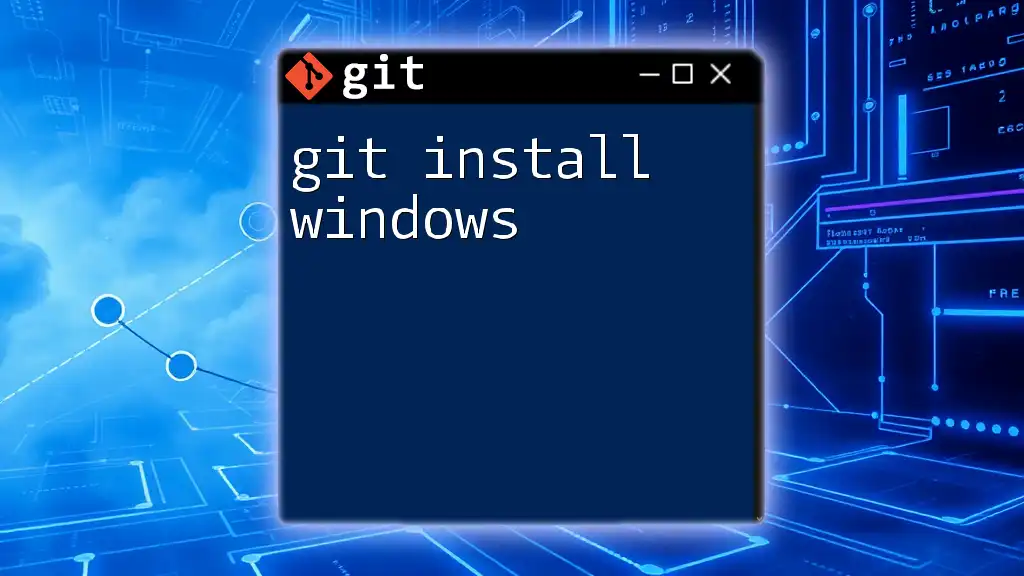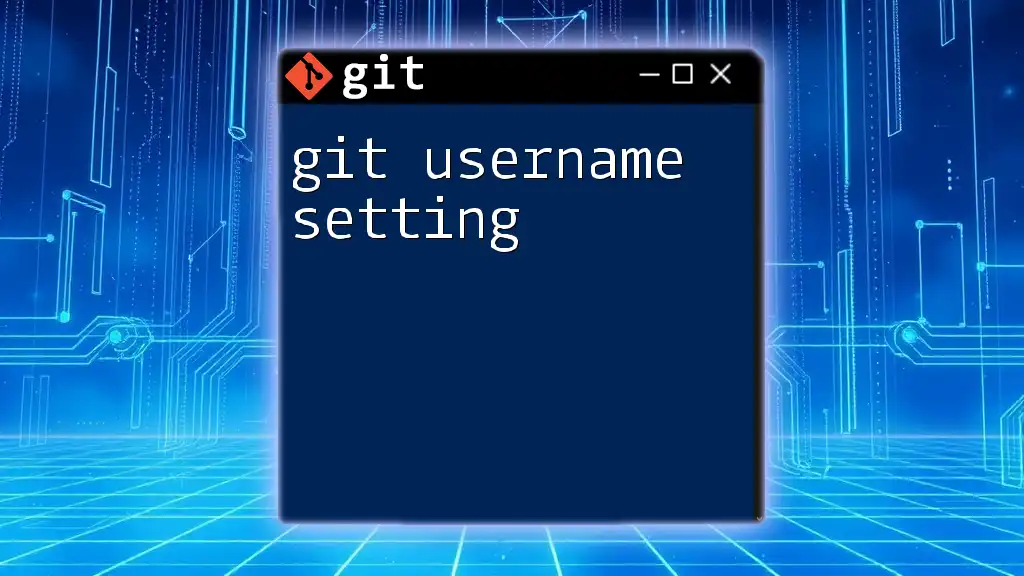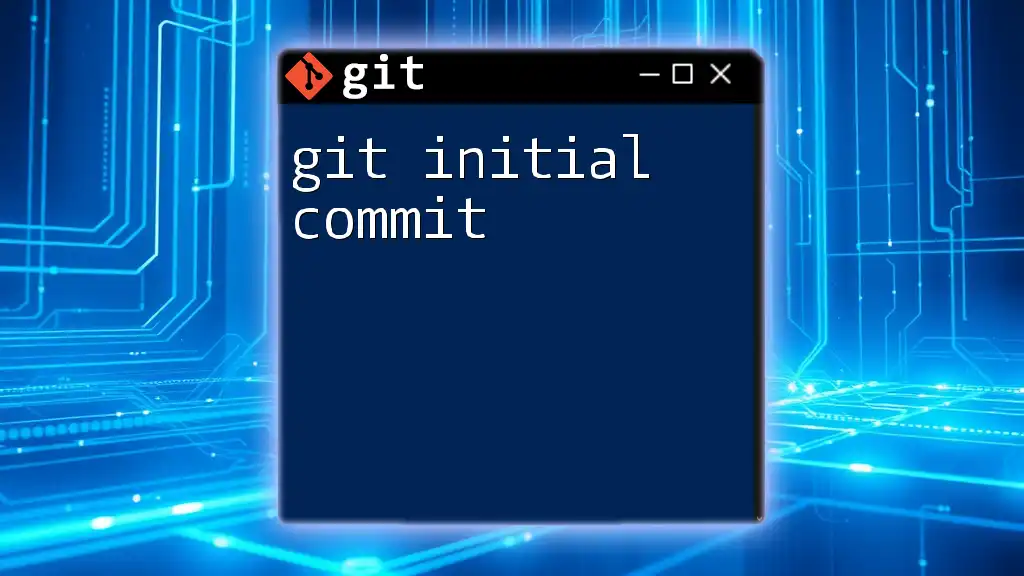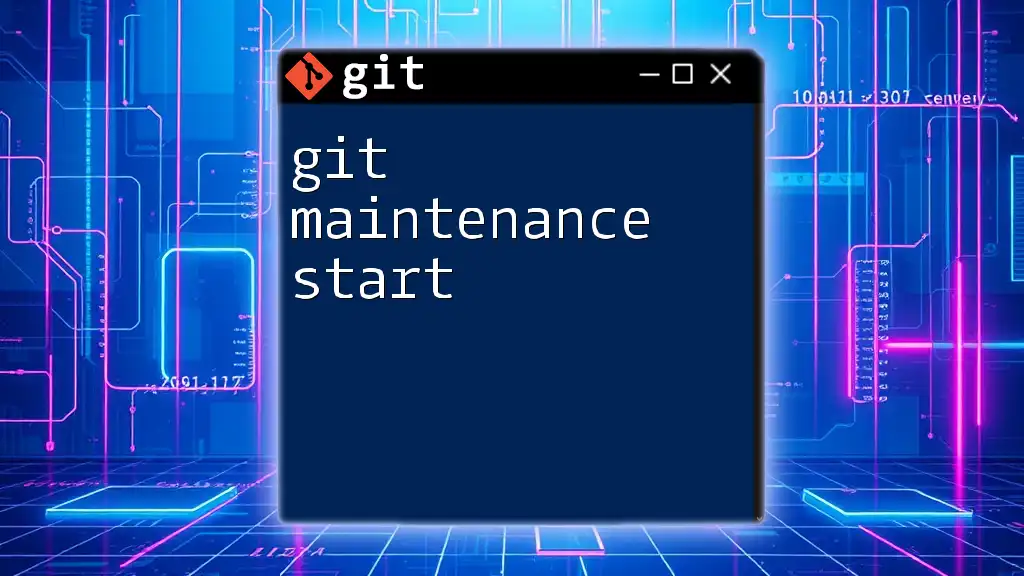Git internals refer to the underlying architecture and mechanics of the Git version control system, encompassing its data structures and the commands used to manipulate them.
Here’s a simple code snippet to illustrate how you can view the current state of your Git repository using the `git status` command:
git status
What Are Git Internals?
Git internals refer to the underlying architecture and components of Git that make it a powerful and efficient version control system. Understanding Git internals is crucial for any developer looking to leverage the full potential of Git in managing their codebase. Unlike traditional version control systems, Git is a distributed system, allowing multiple users to work simultaneously without interference. This characteristic is rooted in how Git organizes and stores its data.

The Object Model
Overview of Git Objects
Git's object model consists of four primary types of objects: blobs, trees, commits, and tags. Each type serves a specific purpose in the version control process and collectively forms the backbone of how Git manages changes.
Blob Objects
Blob objects are essentially raw data files. They hold the contents of files in your repository, but they do not store any metadata (like file names). Blobs are immutable, meaning that once created, their data cannot be changed.
To create a blob, you can use the following command:
echo "Hello, Git!" > hello.txt
git hash-object hello.txt
The output of `git hash-object hello.txt` generates a hash value that uniquely identifies this blob in the Git database.
Tree Objects
Tree objects serve as directories that can contain blobs (file data) or other tree objects (subdirectories). Each tree object represents a snapshot of the file structure at a given moment in time.
You can explore a tree using the following command:
git cat-file -p <tree_hash>
This command shows the contents of a specific tree, demonstrating how blobs and trees are linked together to form the file structure of your repository.
Commit Objects
Commit objects are pivotal in Git’s system as they represent a snapshot of your project at a particular point in time. Each commit points to a tree object, which captures the state of the entire project.
To create a commit, you use:
git commit -m "Initial commit"
A commit object contains a reference to its parent commit (which allows for branching and history tracking), author and committer information, and a commit message.
Tag Objects
Tags in Git are used to mark specific points in history, usually to denote release versions. They can be categorized as lightweight or annotated.
Creating an annotated tag can be accomplished with:
git tag -a v1.0 -m "Version 1.0"
Annotated tags are stored as full objects in the repository, providing more context than lightweight tags.
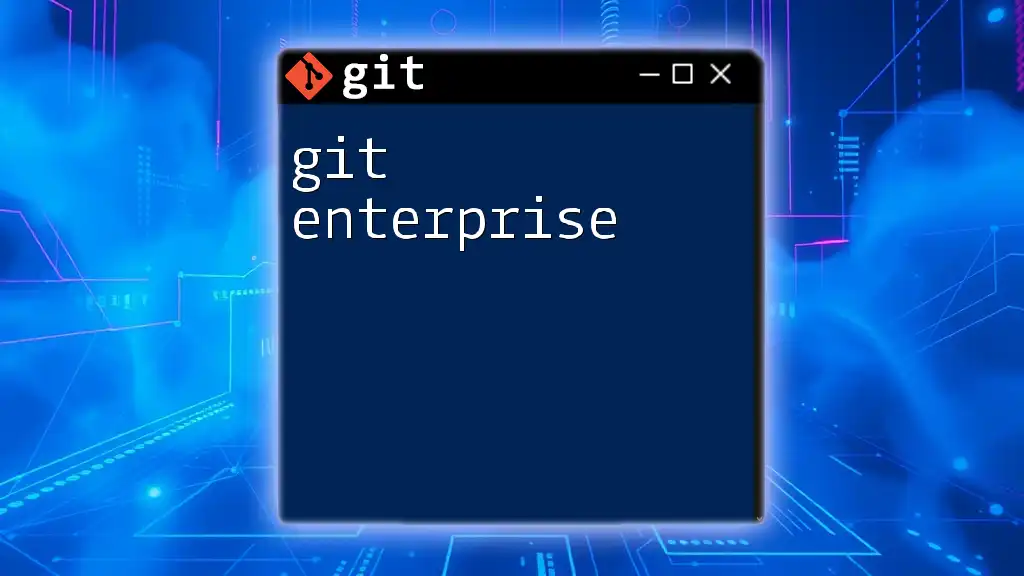
The Index and Working Directory
What Is the Index?
The index, also known as the staging area, is where changes are prepared before being committed. When you modify files, those changes exist in the working directory and must be staged in the index to be included in the next commit.
The Working Directory
Your working directory contains the actual files you are working on. Understanding the relationship between the working directory, the index, and commits is key to using Git effectively. After modifying files, you stage changes to the index, and then those changes are committed, writing them into the repository history.
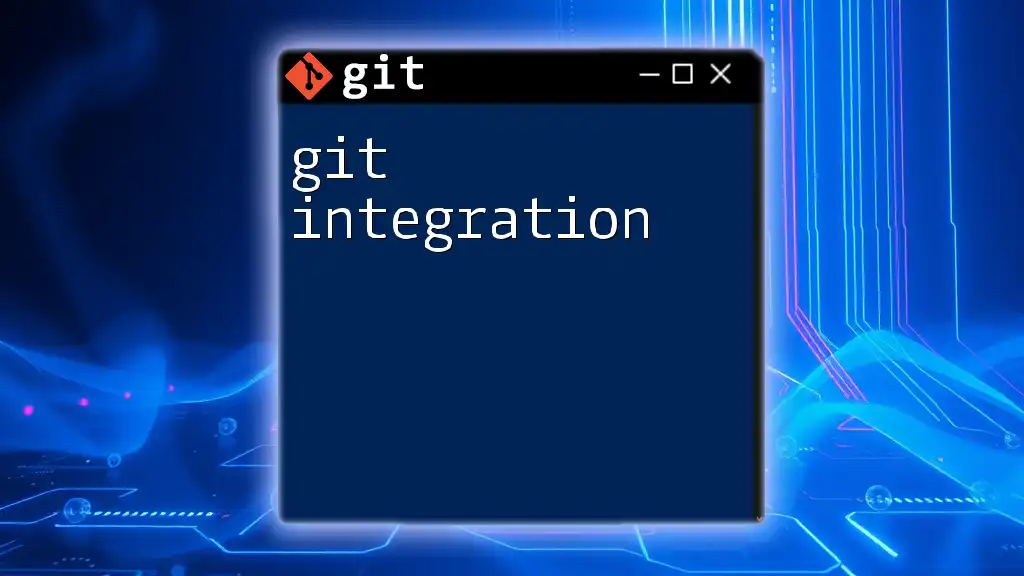
Git Workflow and Internals
How Git Handles Changes
Git uses three primary states to keep track of changes: modified, staged, and committed. Here’s how the workflow typically proceeds:
- You modify a file in the working directory.
- You then stage that modification, which adds it to the index.
- Finally, you commit the change, saving it to the repository's history.
By managing these states diligently, developers can ensure that they have control over what gets recorded in their project’s history.
Understanding Git History
Git stores commit history as a directed acyclic graph (DAG). Each commit points to its parent, creating a clear trail of changes over time. Understanding this history is crucial for navigating revisions, rolling back changes, and merging branches.

The Git Repository Structure
Anatomy of a `.git` Directory
When you initialize a Git repository, it creates a hidden directory named `.git`, which contains all the necessary files and subdirectories that define the repository. Key components include:
- objects/: Contains all the objects (blobs, trees, commits, tags).
- refs/: Keeps references to commits, branches, and tags.
- HEAD: Points to the current commit you are working on.
Understanding Git Configuration
Git configurations define how Git behaves in a given repository or globally on your machine. There are three levels of configuration:
- System: Applies to all users on the system and is stored in the `/etc/gitconfig` file.
- Global: Specific to the user and stored in the `~/.gitconfig` file.
- Local: Specific to the repository and found in the `.git/config` file.
Modifying these configurations can significantly affect your commits, branches, and overall Git behavior.
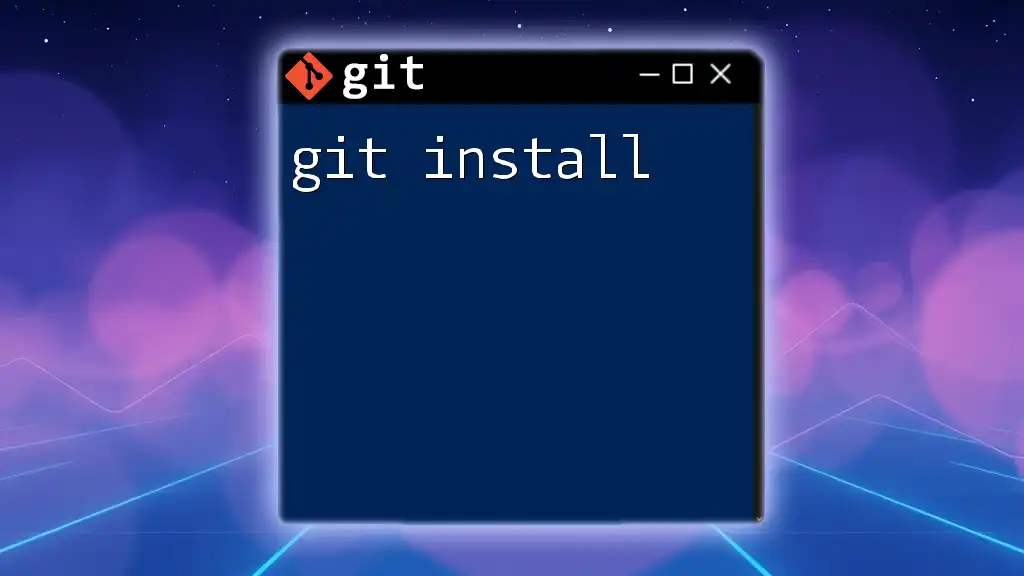
Git Commands for Exploring Internals
Commonly Used Commands
Familiarizing yourself with commands for exploring Git internals can enhance your understanding tremendously. A few commonly used commands include:
-
`git cat-file`: This command helps you inspect objects and their types. You can use the following format:
git cat-file -p <object_hash> -
`git reflog`: This command provides a history of where your branches have pointed, allowing you to recover lost commits.
-
`git fsck`: This command verifies the integrity of the objects in the database, ensuring everything is in order.
Advanced Commands
As you delve deeper into Git internals, advanced commands will become valuable. For example, `git rev-parse` allows you to parse revision options for various commands.
Additionally, `git show` can be used to display detailed information about objects, including commits and tags.

Best Practices for Working with Git Internals
To maintain a well-managed Git repository, consider the following best practices:
- Regularly check the status of your repository with `git status` to keep an eye on modified, staged, and untracked files.
- Use meaningful commit messages to describe the purpose of each commit, making it easier for collaborators to understand the repository's history.
- Periodically clean up your branch history and remove unnecessary branches to keep the repository manageable.

Conclusion
Understanding Git internals is essential for mastering version control and optimizing your development workflow. By grasping the object model, the relationship between the index and working directory, and the structure of the Git repository, you can make informed decisions that enhance collaboration and efficiency in your coding projects.
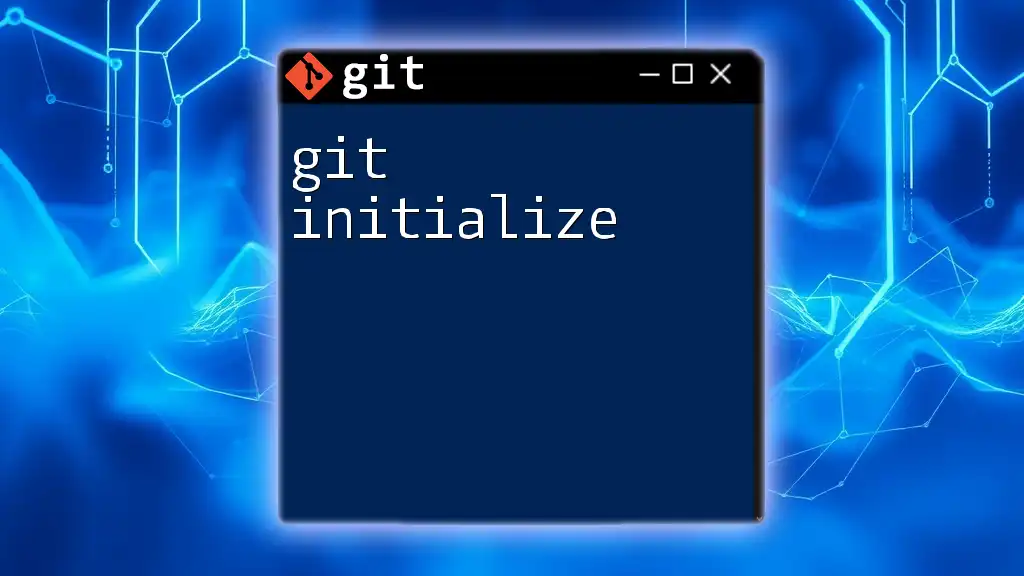
Additional Resources
For further exploration of Git internals, consider visiting the official Git documentation and exploring recommended readings and tutorials that provide deeper insights into this powerful version control system.

